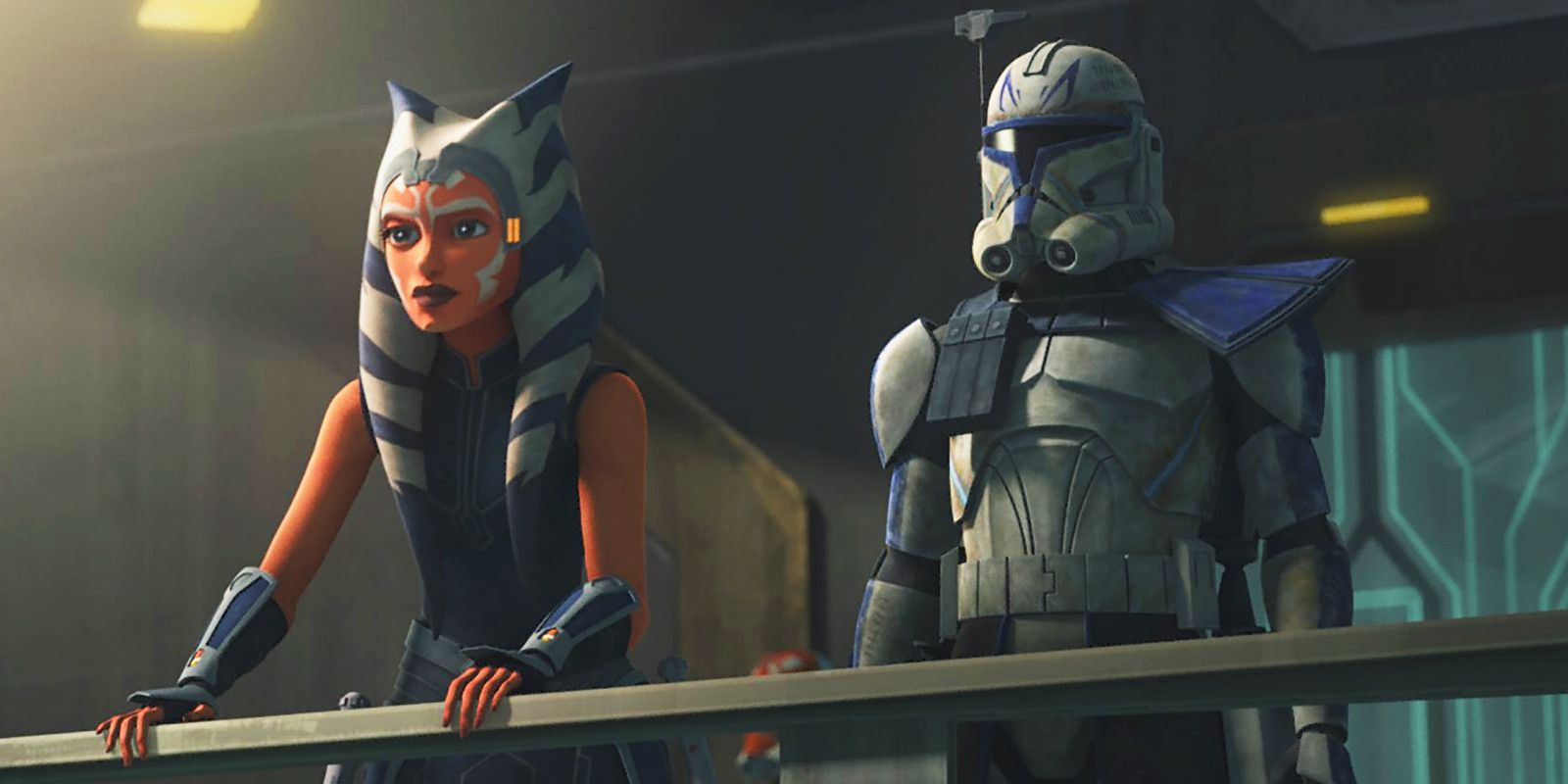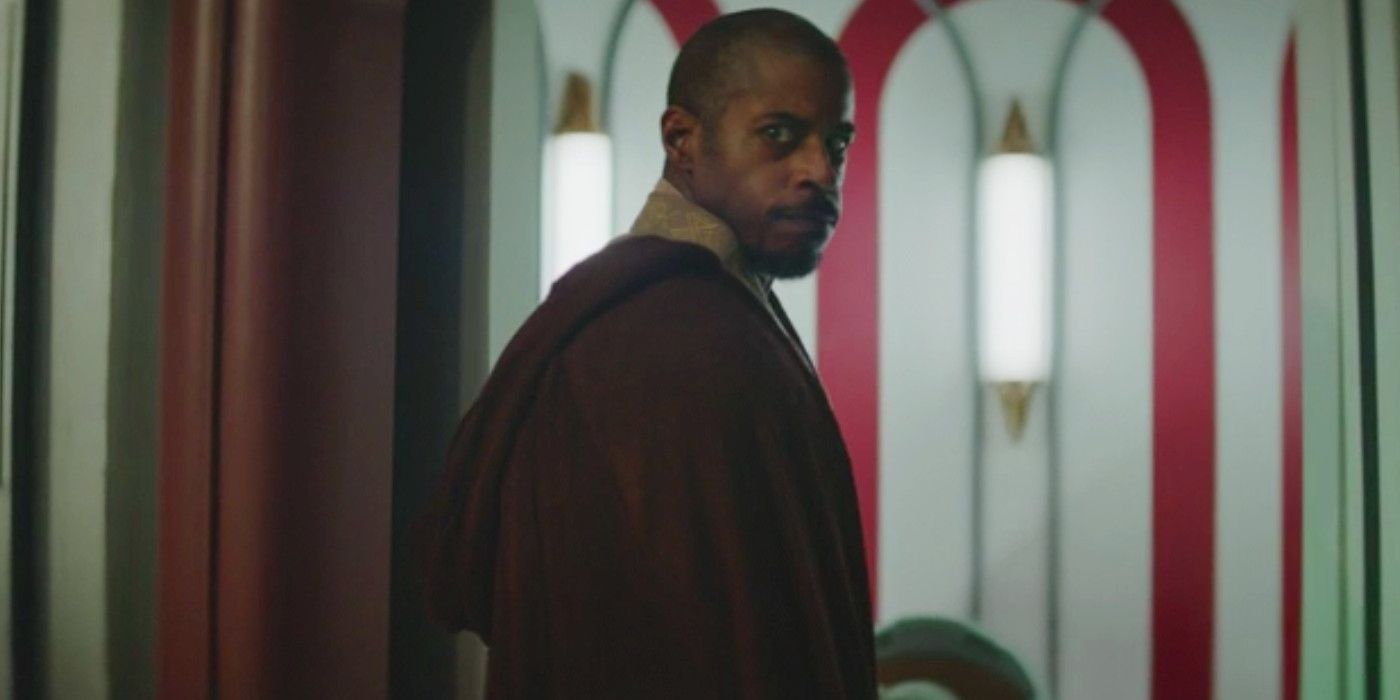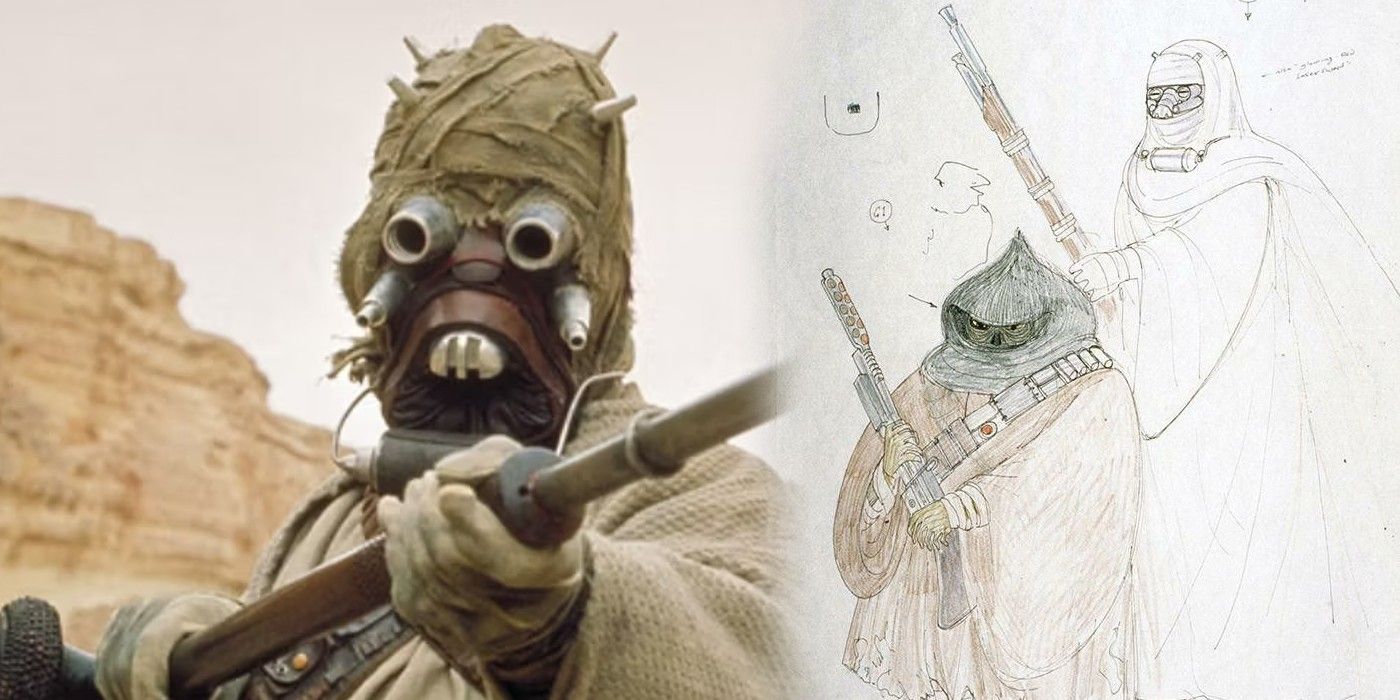
The Star Wars franchise, although monumental in its impact and legacy, has faced numerous challenges and missteps over its 48-year journey. When the original Star Wars film debuted in 1977, not even George Lucas anticipated it would spark a saga that would endure for decades. The allure of Star Wars lies in its enchanting fusion of well-known narrative elements with an innovative and expansive universe, captivating audiences worldwide.
However, the series is not without its issues. Over time, the narrative has seen many revisions that led to plot inconsistencies and forgotten threads. Some scenes now feel incongruous when viewed alongside the developments observed in the broader saga; notably, the kiss between Luke and Leia in The Empire Strikes Back raises eyebrows today. Given that Lucas drew extensively from then-contemporary popular culture for both the original and prequel trilogies, certain aspects of the story have struggled to remain relevant. Below, we explore significant errors and misjudgments that the franchise has addressed since its inception.
5
Transformation of Slave Leia to Huttslayer
A Moment That No Longer Resonates
One of the most contentious scenes from Return of the Jedi involves Slave Leia. Here, Carrie Fisher’s Princess Leia finds herself imprisoned by Jabba the Hutt, who reduces her formidable character to that of a mere object, chained at his side and endured an unsettling lick. Although initially intended as a nod to prevalent fantasy tropes—drawing inspiration from artists like Frank Franzetta—this portrayal has come to symbolize problematic themes.
Nevertheless, there’s more to this narrative than meets the eye. Leia ultimately frees herself from her bonds, utilizing them to kill Jabba. Despite this empowering twist, Fisher herself remarked on the gold bikini, referring to it ironically as a style that would befit “supermodels in the seventh ring of hell.”
The discussion surrounding this costume gained traction in 2015, with rumors that Disney intended to phase out Slave Leia merchandise. However, a turning point came in 2016 when author Claudia Gray reinterpreted the gold bikini in her acclaimed novel Bloodline. As she articulated in an interview:
“Right around when I was working on this part of the book there was a movement that went around in some Star Wars fan circles – a lot of talk about how much people don’t like the ‘Slave Leia’ outfit. That’s her most powerless moment in the entire thing… I believe it was a young lady named Angie P, who said, ‘I petition that we call it The Huttslayer outfit,’ and I was like, ‘That is a great name and that is going to happen right now…’
The evolution of “Slave Leia”to “Huttslayer”illustrates a conscious shift within the franchise, and it’s reflected in newer merchandise, such as the Jabba Sail Barge LEGO set which now features a minifigure dubbed “Huttslayer.”This change shifts the focus to Leia’s triumphant narrative of strength and autonomy.
4
Darth Maul’s Resurrection in The Clone Wars
The Blunder of The Phantom Menace

Darth Maul’s untimely demise in Star Wars: Episode I – The Phantom Menace is a decision that haunts George Lucas to this day. With a design that has since become iconic, Maul’s initial portrayal was severely underutilized, resulting in a painfully short screen time and minimal dialogue. Lucas recognized the blunder quickly, even considering incorporating the character as General Grievous in Episode III – Revenge of the Sith.
3
Clones Redeemed: The Chip Retcon
A Masterstroke of Storytelling

Introduced in Star Wars: Episode II – Attack of the Clones, the clone troopers were designed to foreshadow the eventual rise of the Galactic Empire. However, when these cloned soldiers participated in the massacre of the Jedi during Order 66, it left a troubling contradiction for the narrative. George Lucas aimed for the clones to evoke sympathy, particularly while he worked on The Clone Wars animated series.
The ingenious retcon established that the clones were implanted with inhibitor chips, which activated upon Palpatine issuing the infamous Order 66. This plot device transformed their actions into a tragedy, suggesting they lacked the free will to carry out such horrific commands. As a result, audiences could empathize with the clones’ plight while grappling with the immense loss experienced by the Jedi.
This recontextualization also deepened the impact of one of Revenge of the Sith’s darkest scenes, where Anakin Skywalker leads clones against the Jedi Temple. This chilling moment reflects on Anakin’s fall, as he takes command of an army that is essentially comprised of slaves, underscoring the tragedy of both the clones’ and Jedi’s fate.
2
Ahmed Best’s Redemption
Kelleran Best Shines Bright

Jar Jar Binks is a character that sparked significant controversy in the Star Wars prequels and left a lasting emotional toll on voice actor Ahmed Best, who faced severe backlash. In fact, he faced such distress that he contemplated taking his own life during the height of criticism.
In a triumphant return, Best reprised a role in The Mandalorian season 3 as Jedi Master Kelleran Beq, showcasing his acting prowess and providing audiences with a glimpse of the character who saved Grogu during the turmoil of Order 66. Best had previously portrayed Beq in a non-canonical YouTube series, but now his character’s prominence within the official narrative has been solidified.
Reflecting upon this decision, Best shared:
“Honestly, I had to think about it. I’ve been in the Star Wars world for such a long time and my story is such a rollercoaster ride of emotions. So coming back to Star Wars wasn’t an easy decision for me…”
The positive reception of Best’s return was heartwarming, justly honoring him amidst previous treatment. Fans celebrated him, reinforcing his integral contribution to the saga while raising hopes for Kelleran Beq’s future appearances. Loudly welcoming Best back, he even voiced Jar Jar once again in LEGO Star Wars: Rebuild the Galaxy.
1
Transforming Between Stereotypes: Book of Boba Fett
A Progressive Shift in Storytelling

The portrayal of Tuskens has long been a subject of critique within Star Wars, tracing back to A New Hope and grounded in stereotypes drawn from contemporary culture. The original rendering depicted them almost caricature-like, limiting their depth and individuality.
In previous films, particularly in Attack of the Clones, the Tuskens were victims of a narrative that painted them merely as antagonists, culminating in Anakin’s brutal slaughter of their people without any significant emotional weight. The casual dismissal of such atrocities pointed to a troubling trend regarding indigenous depictions in media.
However, The Mandalorian began redressing these issues by showcasing moments of dialogue and cooperation between Din Djarin and the Tuskens and hinting at a more nuanced approach. This culminated in The Book of Boba Fett, where Boba Fett’s interactions with the Tuskens fully explored their culture and showcased them through a sympathetic lens.
While some critics have pointed out elements of the “White Savior” trope in this narrative arc, it undeniably represents significant progress for the franchise. This new portrayal invites viewers to empathize with the Tuskens, challenging pre-established notions and so painting a richer picture of their culture. The chilling implications of Anakin’s past actions overshadow the narrative, invoking a needed conversation about representation and storytelling in Star Wars.
For further references and insights, you can visit this source.




Leave a Reply